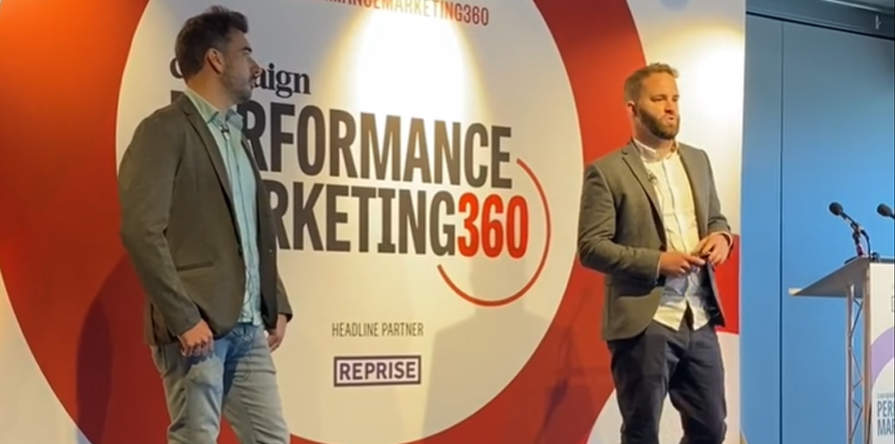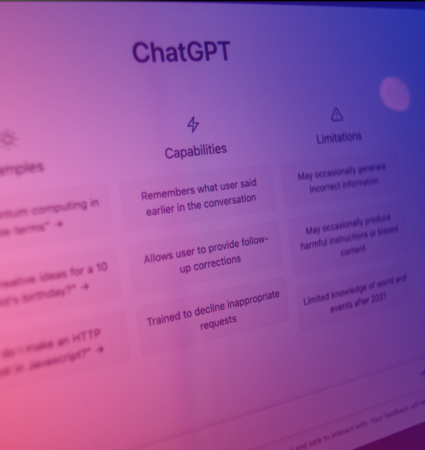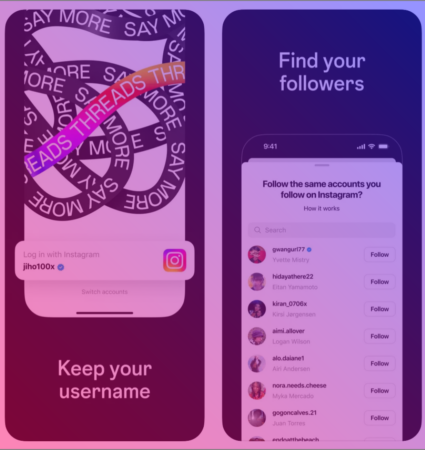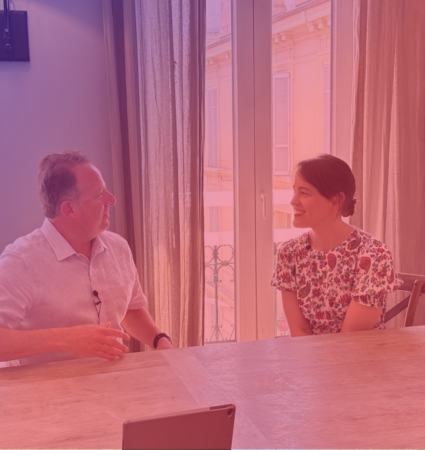Building Flow into the customer journey: Lessons from Performance Marketing 360.
Just what does it take to attract, engage and convert customers in an eCommerce environment where there is so much clutter, friction and distraction for their attention? Reprise’s Matt Scott took to the stage at Performance Marketing 360 alongside Robert Vocke, director of performance marketing at The LEGO Group, to reveal how the introduction of a Flow mindset helped put the building blocks in place for a more effective performance mindset.

Understand what each customer segment is looking for, and deliver the experience they want
During the COVID-19 pandemic, Google searches for hobbies rose approximately 400% year-on-year in May 2020. That presented a huge opportunity for a brand such as LEGO to encourage new audiences into the LEGO play experience, but it also meant that they needed to be careful about how they used content to not only engage audiences that were new to the brand, but also those loyal audiences that were already well aware of the brand and what it had to offer.
In an environment where consumers are bombarded with content, distractions and potential frictions, removing those frictions from the customer journey is at the heart of the flow mindset.
When different audiences are looking for different things and looking to fulfil different needs, Vocke discussed the idea of separating marketing activities into “swimming lanes”. The theory behind this is that, like the fast lane in a swimming pool, those audiences that know exactly what they want to do and go straight to purchase can do so without behind held up by other frictions and distractions. The other “lanes” of activity can cater to different groups that may want to do different things and at different paces.
The goal here is to avoid cannibalising audiences across different campaigns, with marketers able to differentiate new customer prospects. Where we have a prospect where, based on what they’re searching for, we can conclude that they have already made up their mind, we can tone down much of the brand content as it’s simply not necessary – we just need to get those people to the product they want. That allows us to save that creative and brand content for those audiences that might need a little more convincing.
Clean up and declutter feeds to improve media efficiency
With so many platforms and campaigns potentially running simultaneously at any one time, managing campaigns now requires a more intelligent approach if brands are going to direct audience attention in the right way – towards the most appropriate “lane” and the most relevant content.
“Directing attention with performance media [can mean] our paid social teams optimising campaigns on the fly to improve click-through rates and conversion rates and ultimately, drive more sales, “Scott told the PM360 audience.
This process of ‘on the fly’ optimisation can become difficult where product feeds can be somewhat cluttered and complicated, so tidying up these feeds is beneficial not only for the advertiser, but also for the consumer.
“A lot of clients’ product feeds aren’t necessarily fit to go live with Google Shopping or dynamic ads in social,” Scott added. “With our feed management platform, we’ve got the tools to clean up the feeds, optimise the feeds, and get that content live quickly for our clients.”
Different audiences expect different content, but keep tone of voice consistent
Those “lanes” that were mentioned earlier were also important in ensuring that audiences received the right content for their respective need and stage in the customer journey. Audiences that are simply seeking to learn more about the brand will expect different content from those who may already be familiar and looking to learn more, and they in turn will expect a different experience to those who know what they want and just want to complete the purchase as efficiently as possible.
“One of the key things we focused on was trying to find audiences that were not engaging already, and coming up with unique objectives for getting those audiences to begin that engagement and, hopefully, come back and convert,” Vocke continued. “We really relied on the machine-learning built into the platforms we were running with Reprise to run this at scale and speed.”
This machine learning allowed for a much smarter deployment of creative. For instance, we could switch ad creative away from a focus on products, and towards creative that featured both adults and kids to appeal to the reality of families stuck at home, looking for something to do together. Our audience ring-fencing model also ensured other LEGO teams weren’t cannibalising the high affinity and retargeting audiences – we weren’t disrupting the flow for those audiences who wanted or expected a different experience.
But the one consistent element in all of this was tone of voice, and ensuring that all of the creative, be it top, middle or bottom of the funnel, delivered a consistent brand story.
“Tone of voice is one element of your creative that you probably want to test to improve performance across landing pages and platforms like Facebook and Instagram,” said Scott. “We would always recommend A-B testing; and we can also utilise proprietary tech or third-party tools to test thousands of ads, with different messaging and different images, at scale.”
To learn more about the Flow concept discussed by Matt and Robert at Performance Marketing 360, download our free whitepaper; Rethinking Performance Marketing.
 Authored by
Authored by 



